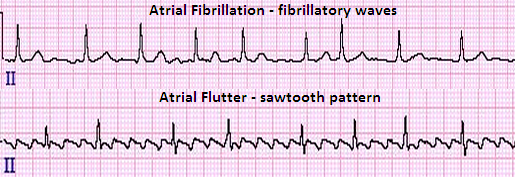Alert Fatigue; Pop-up Fatigue and Drug Errors
/It would be nearly impossible for me to meet the standard rate (number of entries per hour) of many hospital companies and properly investigate every single issue with a particular medication against disease state, interactions with other meds and allergies. We rely heavily on computer programs and screening programs to help facilitate this job. However, with the invention of alerts while we work is the issue of "alert fatigue."
The biggest problem I have encountered over the past several years is the sensitivity of alerts. I frequently not only get alerts for the things I NEED to know but the things that are not nearly as important. I receive an alert daily for Sodium Chloride 0.9% IV fluid and Potassium Chloride when entering the two. The interaction is "chloride." Keep in mind, the potassium chloride is actually compounded into sodium chloride. This is mixed in with more important alerts like what the patient's potassium level really is. I also receive alerts about what is formulary and non formulary, what is in stock, what is on backorder, if I need to add an NDC to something for billing, if I need to pick another strength, if the med can only be ordered by one doctor and not another, and so on. This is all mixed in with the same level of importance as creatinine with metformin, INRs for warfarin, allergies entered, height and weight of the patient, and so on. With at least ten alerts per order and around fifty orders per hour, we are nearing 500 alerts per hour all the while answering phone calls, questions from the staff and people just walking into the room to chat and say hi. It's no wonder I feel so distracted.
The problem with this methodology is that we lose the real alerts that are important. Comparing an alert for someone with hyperkalemia with ordering potassium replacement vs letting me know that I need to change the potassium to another NDC vs that the med is on back-order is really changing the way the system was intended. Also, is anyone monitoring all the alerts that are bypassed daily? Is anyone noticing these and monitoring trends?
Too many alerts turn into noise.
I know that if all facilities would start an initiative to reduce alerts, alerts would have more meaning and pharmacists would probably react more to the alert.
And maybe... less errors.
With the implementation of CPOE, this issue has risen to the forefront of what prescribers must wade through in selecting the best medication therapy for their patients. While the industry worries about prescribers becoming complacent to alerts due to overly sensitive drug-drug interactions or drug-allergy interactions, pharmacists have been battling this for years. Prescribers seemingly must worry about the meds and patients whilst pharmacists are wading through the leftover messages with safety along with pharmacoeconomic issues.
1. Alerts should be tiered. Level 1, 2, 3, etc or color coded based on severity. Never allow one sweeping override reason count for multiple alerts.
2. Alerts that have nothing to do with patient safety, formulary comments, billing issues should be reserved at another level not mixed in with potentially life-saving messages!
Adding financial notes with the already overburdened system of patient safety is a recipe for disaster both in patient safety and also for pharmacist job satisfaction.
ISMP mentions this: "Protect against ALERT FATIGUE through fewer, more appropriate alerts that need consideration by pharmacists before filling the prescriptions.
Optimize the sensitivity of alert systems by carefully selecting alert severity levels and allowing only the most significant alerts to appear on the screen during data entry."
3. Hard stops should be built for certain high risk interactions (even if the money doesn't exist to build).
4. Someone in the department should be trending overrides. What are the trends? Can the system be improved without waiting for an event that causes injury?
5. Allow pharmacists who use the system daily to report alerts that are not needed.
"Encourage the reporting of invalid or insignificant warnings so they can be altered or removed from the computer system." -ISMP
This is a great article on alert fatigue from our perspective.












